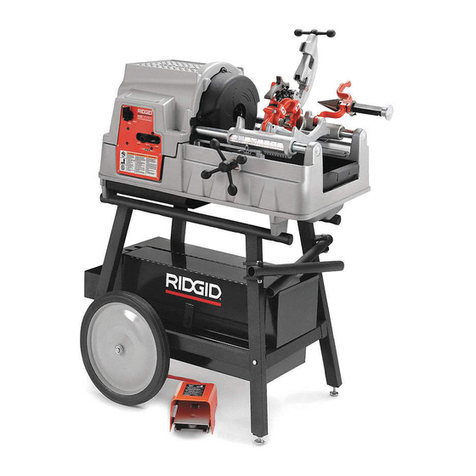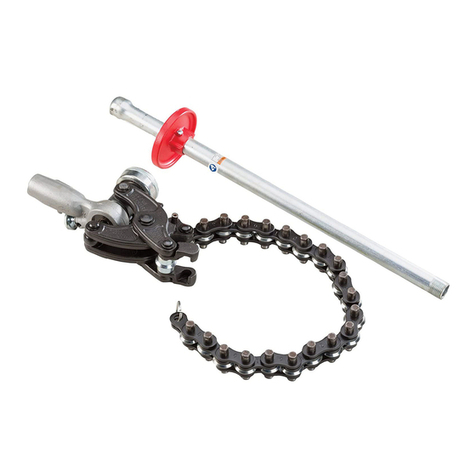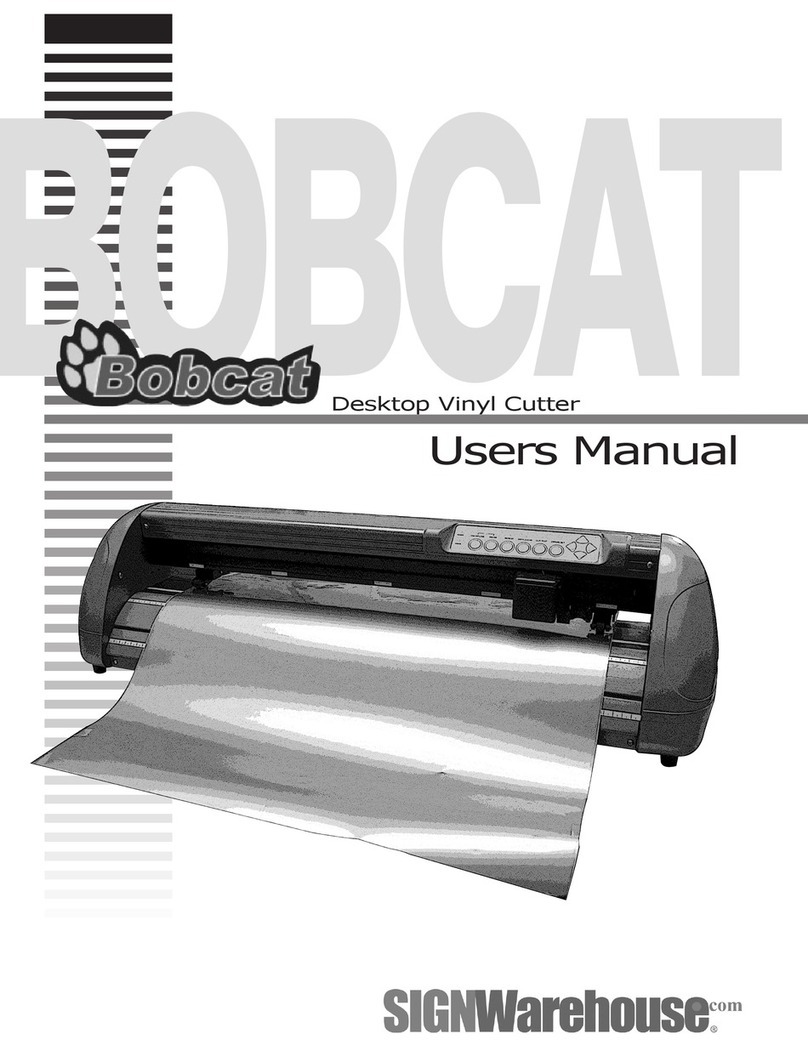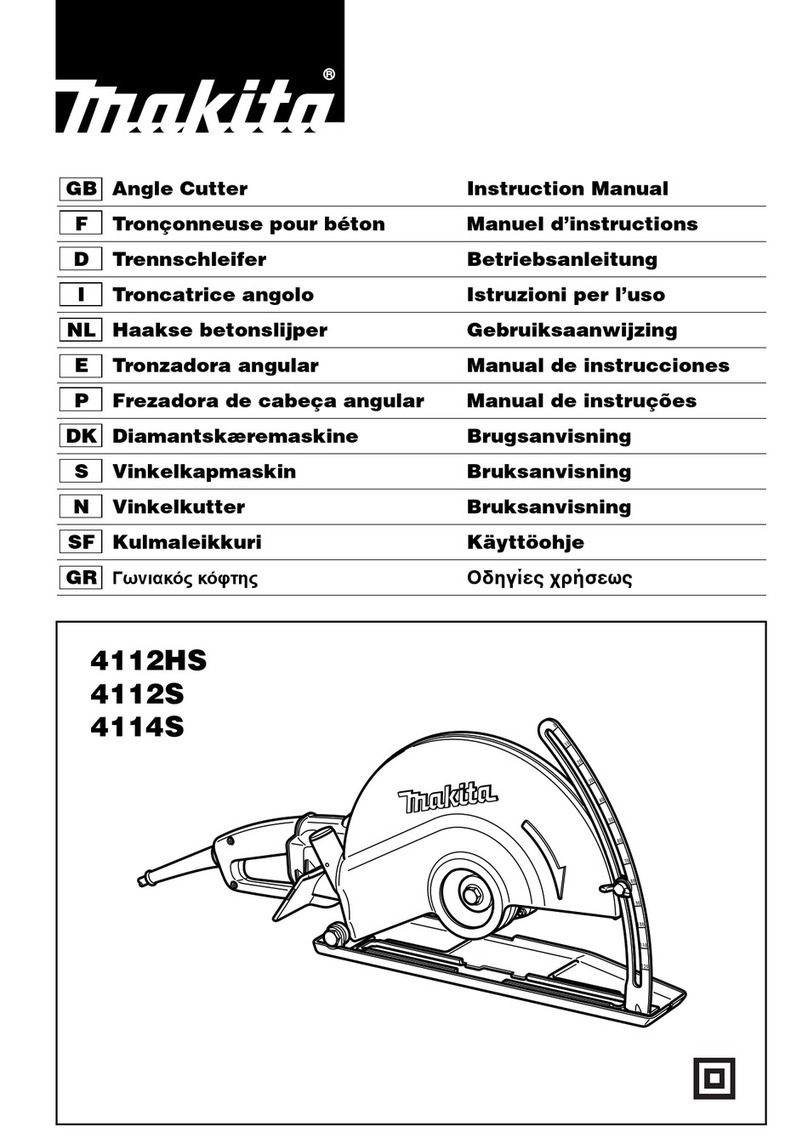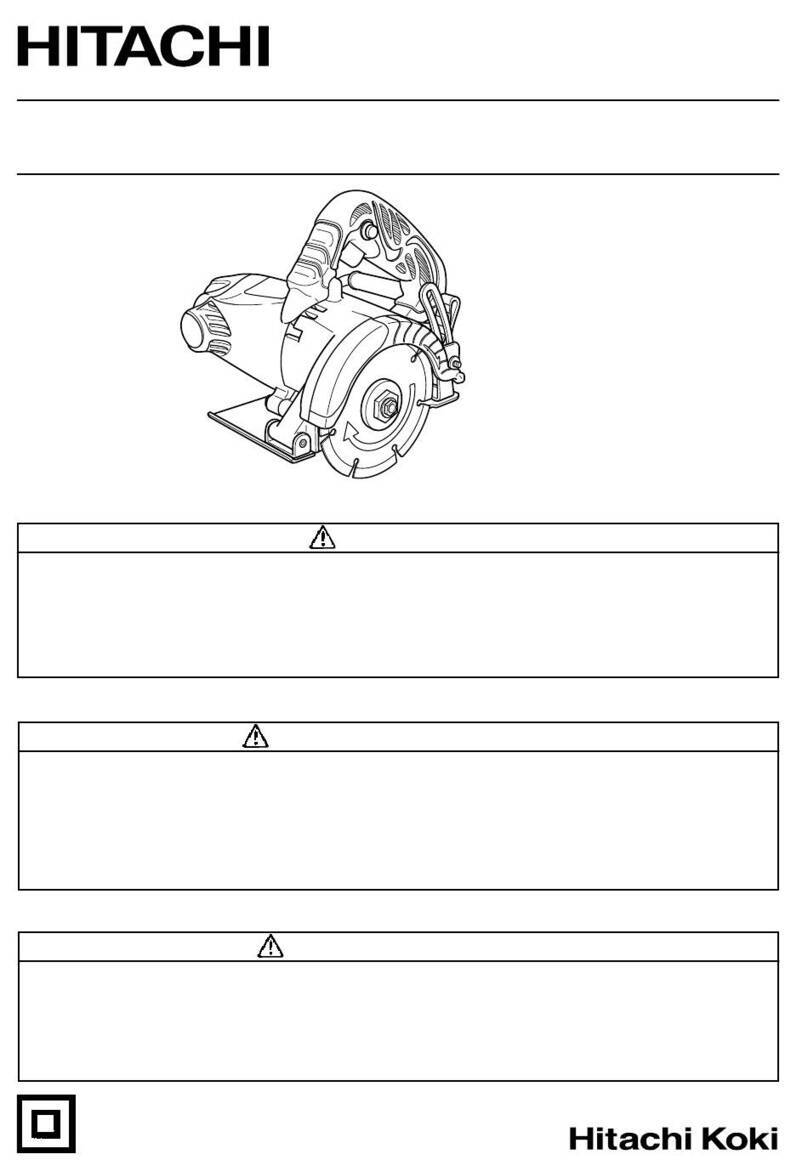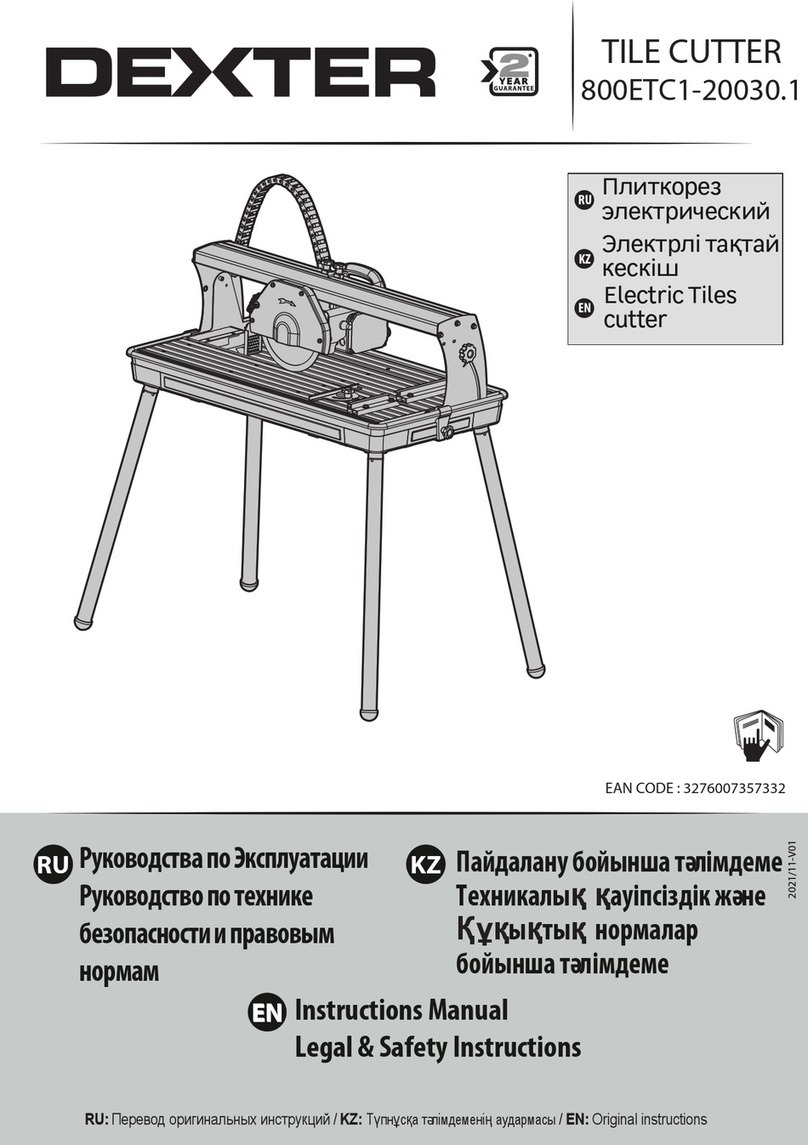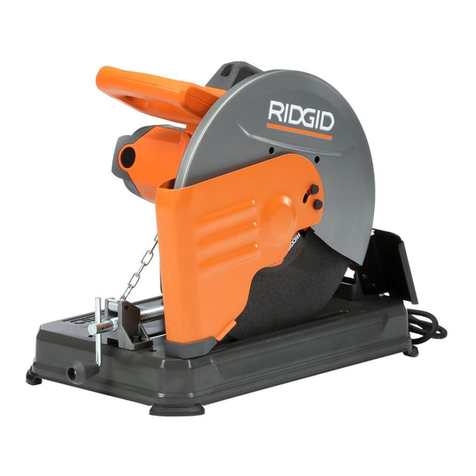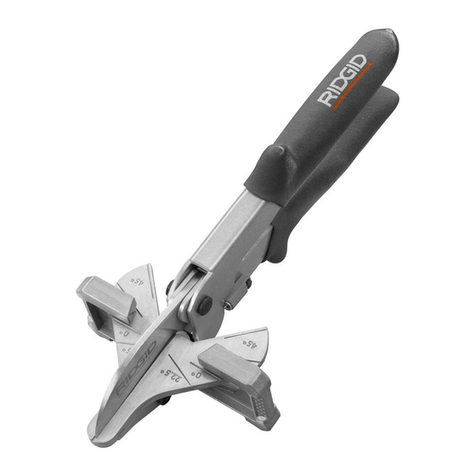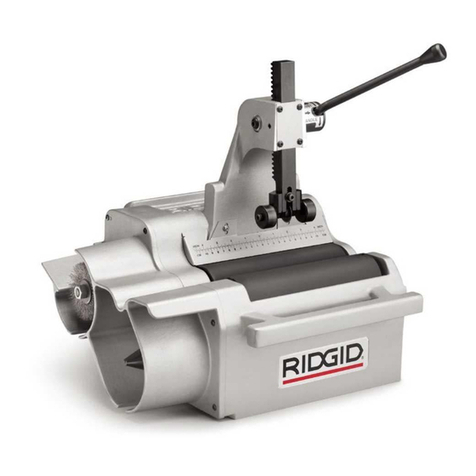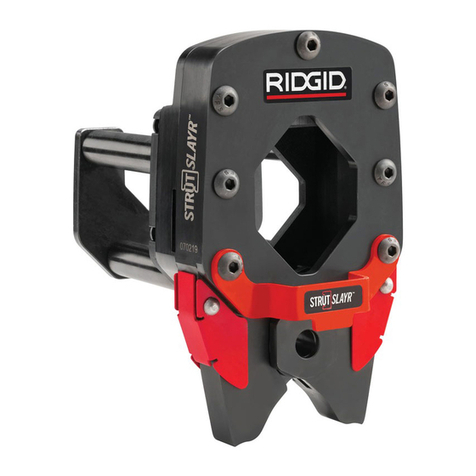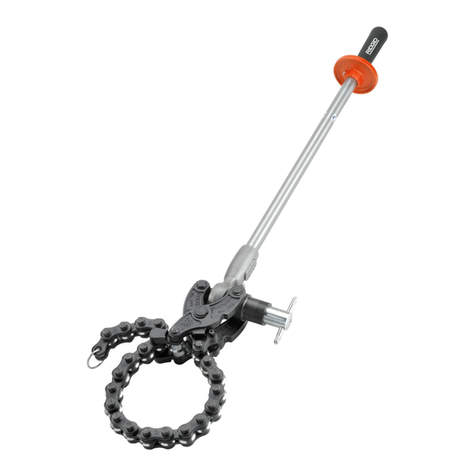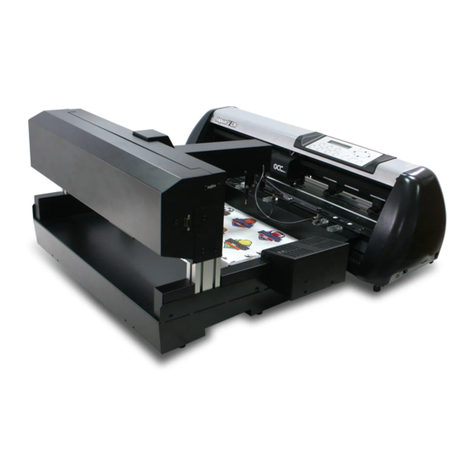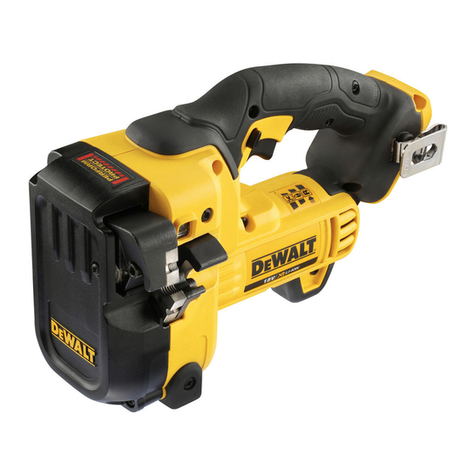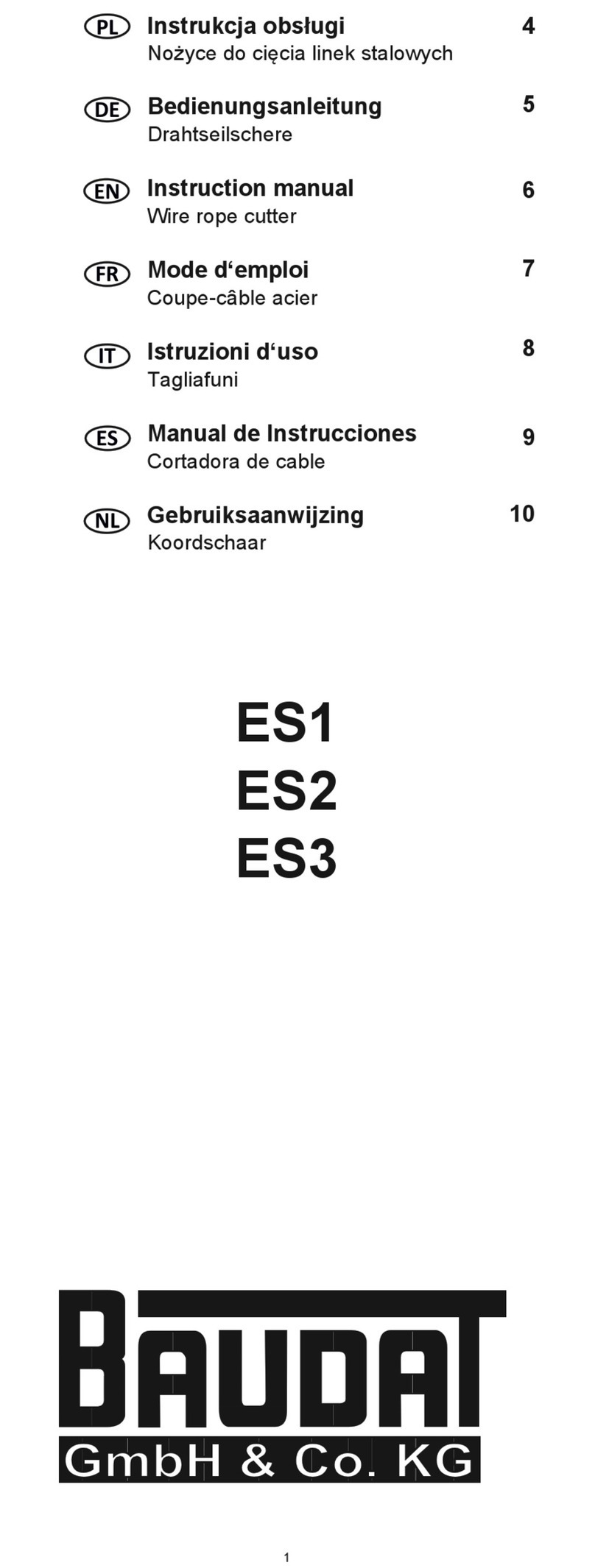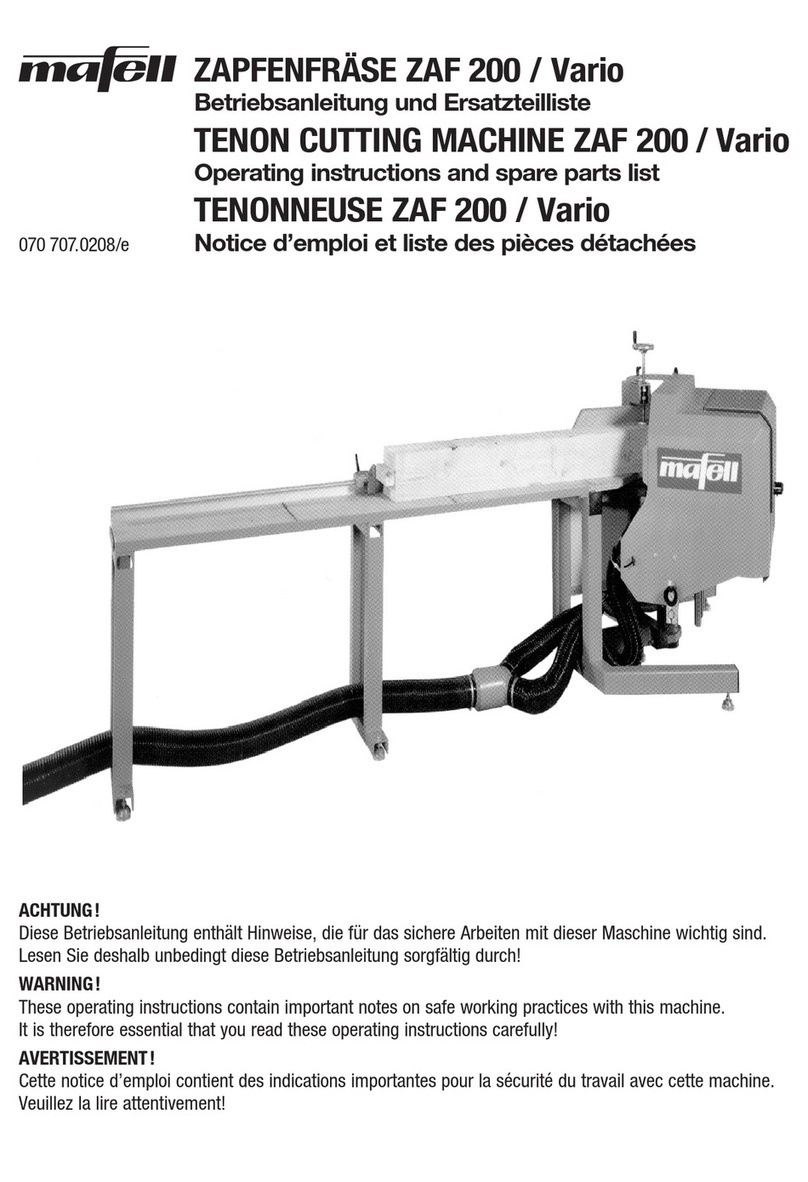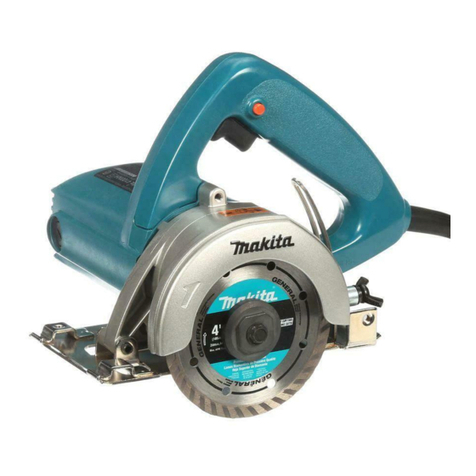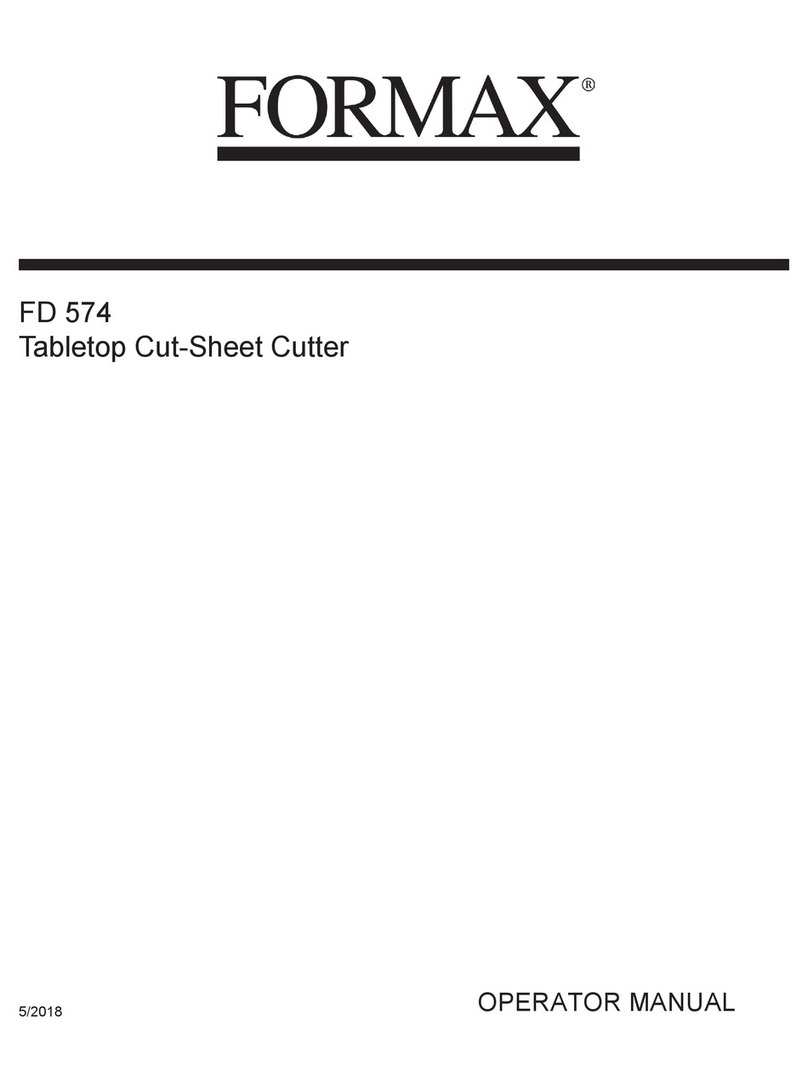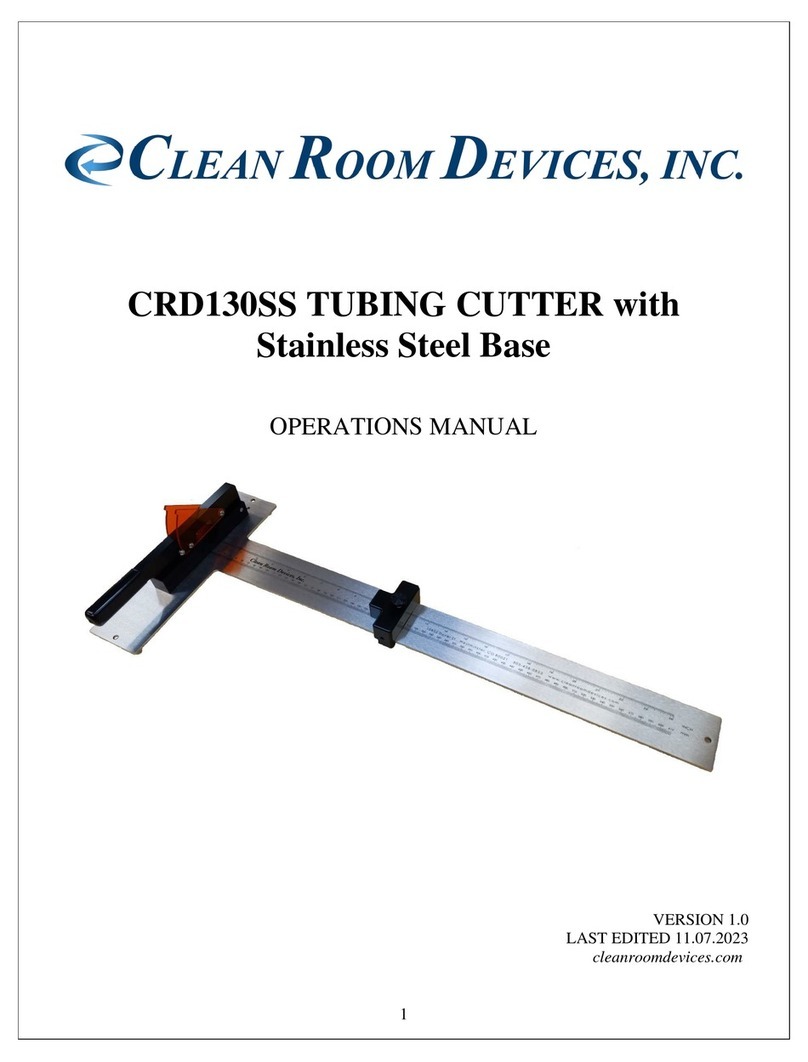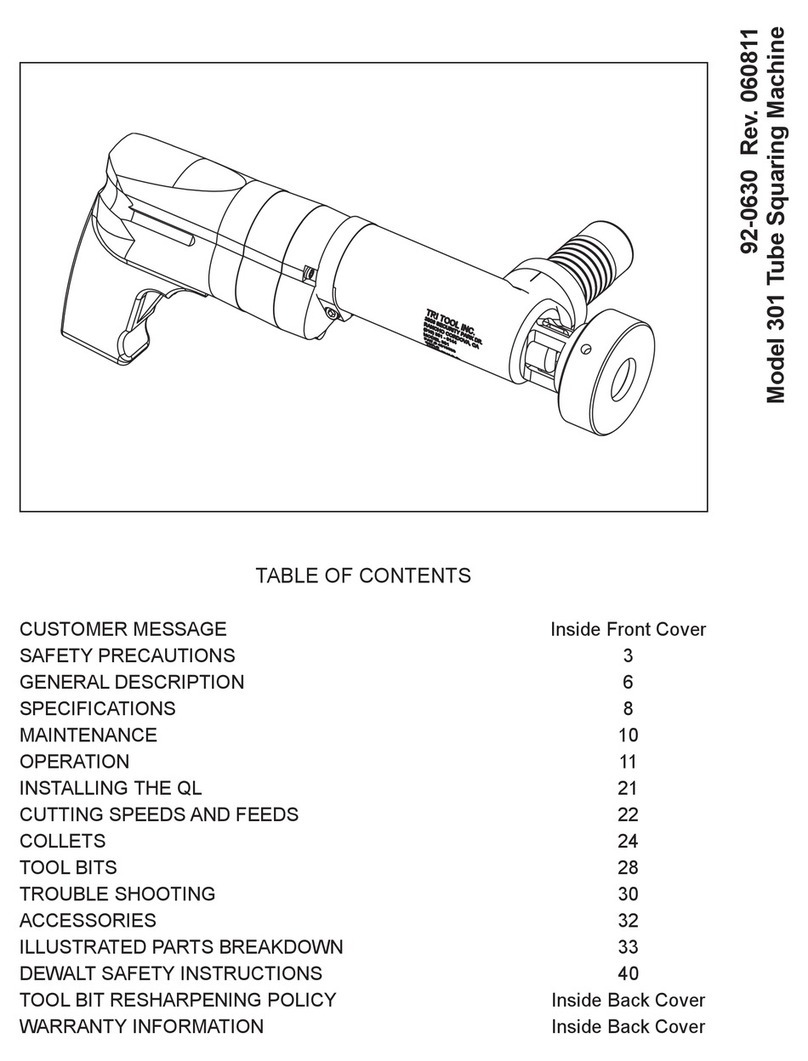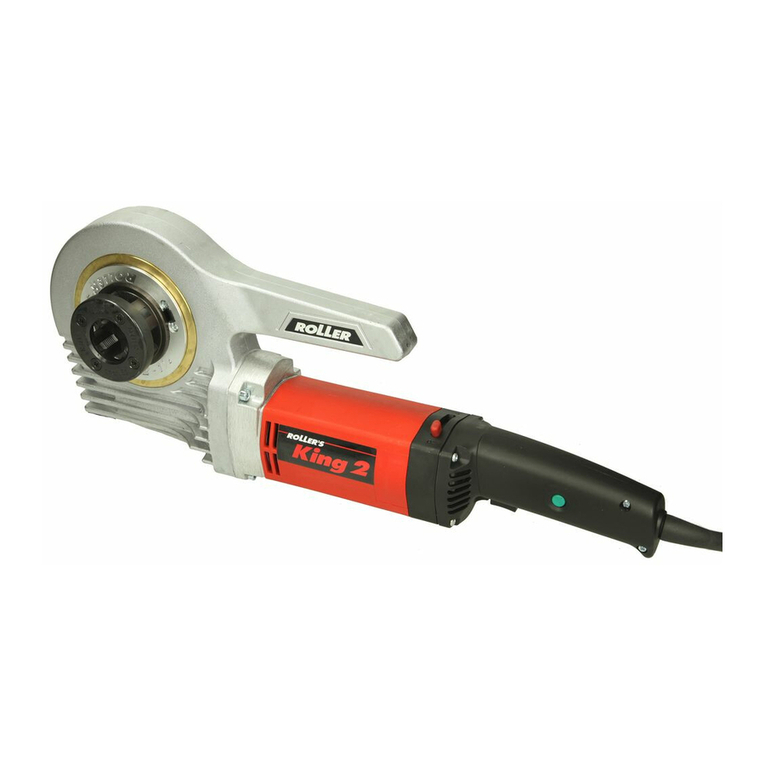1
238-P Soil Pipe Cutter
operate the tool. Tools can be danger-
ous in the hands of untrained users.
•Maintain tools. Check for misalignment
or binding of moving parts, breakage
of parts and any other condition that
may affect the tool’s operation. If dam-
aged, have the tool repaired before
use. Many accidents are caused by poorly
maintained tools.
•Keep handles dry and clean; free from
oil and grease. Allows for better control of
the tool.
Service
•Have your tool serviced by a quali-
fied repair person using only identical
replacement parts. This will ensure that
the safety of the tool is maintained.
Specific Safety
Information
WARNING
This section contains important safety
information that is specific to this tool.
Read these precautions carefully be-
fore using the 238-P Powered Soil Pipe
Cutter to reduce the risk of serious per-
sonal injury.
SAVE THESE INSTRUCTIONS!
•Keep others out of work area while
cutting. Stand clear of the pipe. Cutting
can cause pieces of pipe to be thrown
with considerable force. This can cause
striking injuries, eye injuries, or other seri-
ous personal injury.
•Always wear Safety Glasses. Reduces
the risk of eye injury.
•Do not exceed the recommended cut-
ting capacity of the tool. Cutting pipe
that is too large or the wrong type could
overload the soil pipe cutter and cause
tool failure and or serious personal injury.
Do not extend the chain to cut soil pipe
greater than 8" (200 mm) nominal size.
•Do not use handle extensions to acti-
vate the soil pipe cutter. Handle exten-
sions (cheaters) can slip and cause seri-
ous injury. Extended handles can over-
load the soil pipe cutter and cause tool fail-
ure and or serious personal injury.
•Keep your fingers and hands away
General Safety Rules
WARNING
Read and understand all warnings and
instructions. Failure to follow all warn-
ings and instructions may result in elec-
tric shock, fire, and/or serious personal
injury.
SAVE THESE INSTRUCTIONS!
Work Area Safety
•Keep your work area clean and well
lit. Cluttered or dark areas invite acci-
dents.
•Do not operate tools in explosive at-
mospheres, such as in the presence of
flammable liquids, gases, or dust. Tools
can create sparks which may ignite the
dust or fumes.
•Keep children and by-standers away
while operating tools. Distractions can
cause you to lose control.
•Keep floors dry and free of slippery
materials such as oil. Slippery floors in-
vite accidents.
Personal Safety
•Stay alert, watch what you are doing
and use common sense when operat-
ing tools. Do not use tools while you
are tired or under the influence of
drugs, alcohol, or medication. A mo-
ment of inattention while operating tools
may result in serious personal injury.
•Use personal protective equipment.
Always wear eye protection. Protective
equipment such as dust mask, non-skid
safety shoes, hard hat, or hearing pro-
tection used for appropriate conditions
will reduce personal injuries.
•Do not overreach. Keep proper foot-
ing and balance at all times. Proper
footing and balance enables better control
of the tool in unexpected situations.
Tool Use and Care
•Do not force tool. Use the correct tool
for your application. The correct tool will
do the job better and safer at the rate for
which it is designed.
•Store idle tools out of the reach of chil-
dren and do not allow persons unfamil-
iar with the tool or these instructions to






